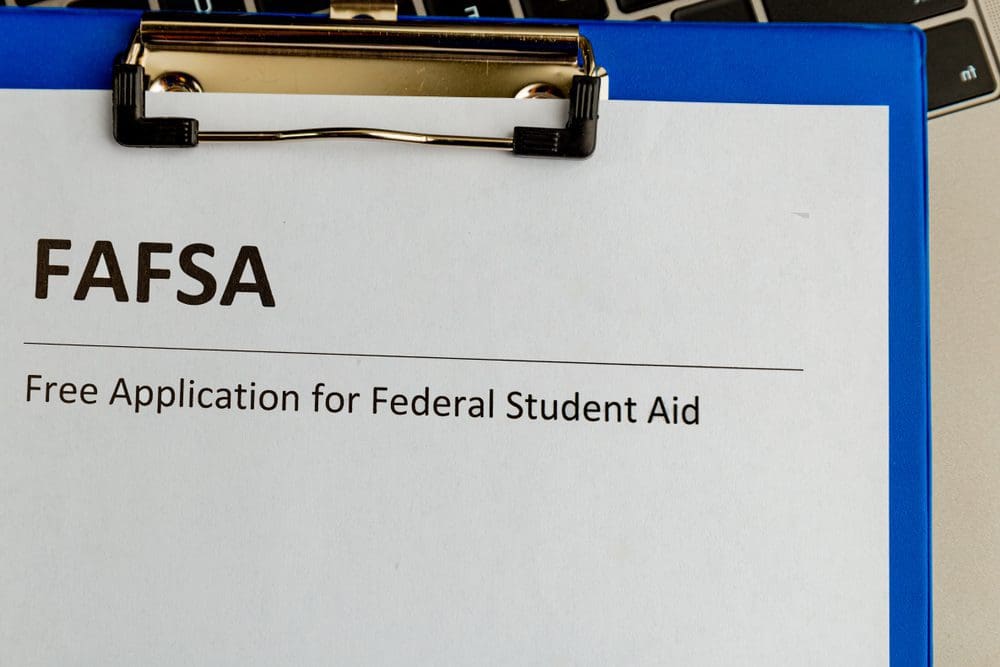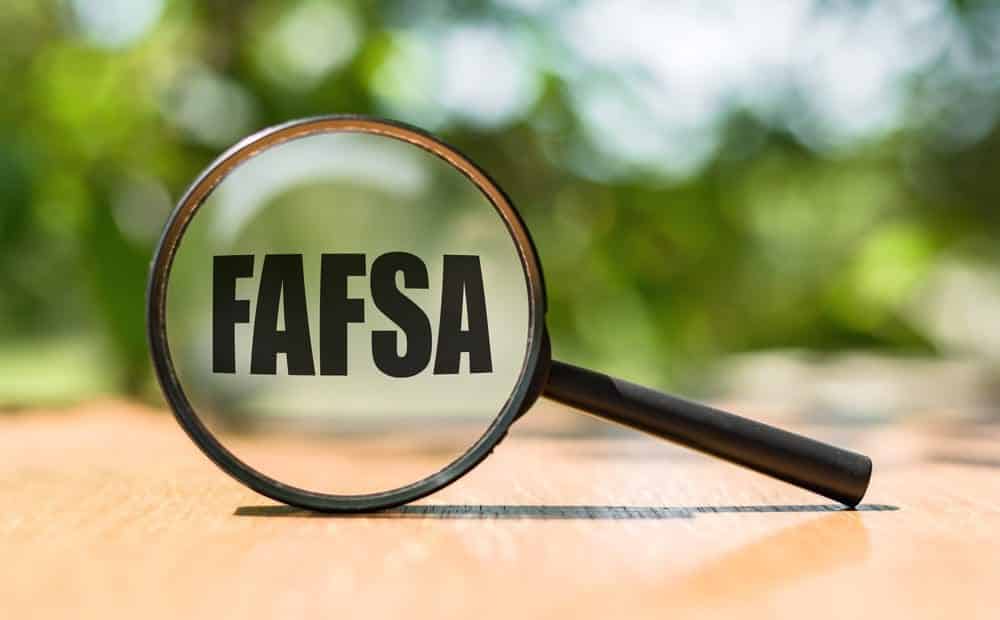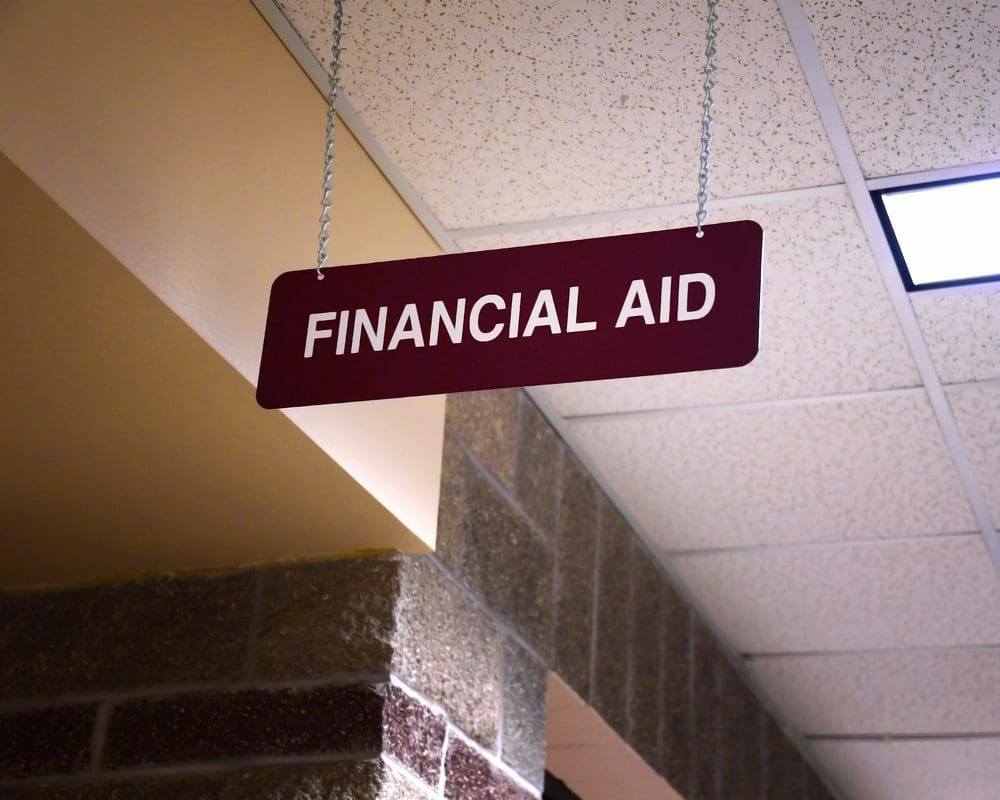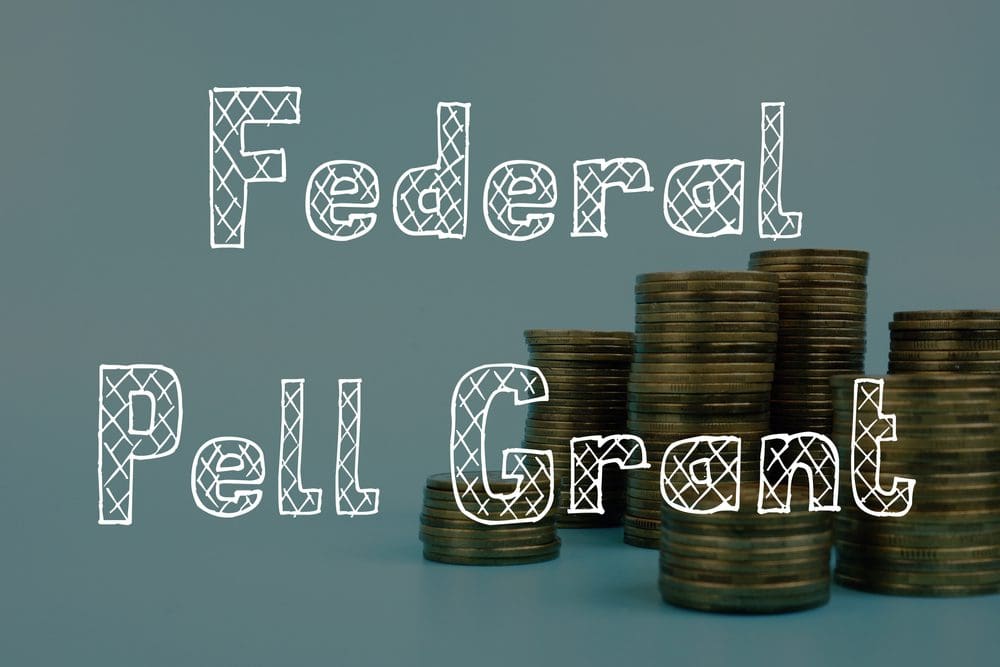Imagine a world where you can pursue educational dreams without drowning in student debt. Does it sound too good to be true? Well, Federal Pell Grants can significantly help make this a reality. In this blog post, we’ll guide you through qualifying for up to $7,395* in Federal Pell Grants for the 2023-24 academic year. Up to $7,395* may be available if you qualify to go back to school! You’ll learn about eligibility criteria, application steps, and maximizing your award. So let’s dive right in!
Key Takeaways
- Maximize your college finances with up to $7,395* in Federal Pell Grants!
- Meet eligibility criteria and complete the FAFSA form for assessment of financial need.
- Explore additional aid options such as grants, scholarships & work-study programs.
Understanding Federal Pell Grants

Federal Pell Grants are need-based grants awarded by the US Department of Education, designed to help low-income students pay for college. They can make a difference in reducing student debt, making them an essential part of the financial aid package.
But how do you qualify for a Pell Grant, and what are the eligibility requirements? Let’s explore this further.
What are Federal Pell Grants?
The US Department of Education grants Federal Pell Grants to low-income students, enabling them to achieve educational goals and finance college. These non-repayable grants are a financial lifeline. Undergraduate students who are US citizens or eligible non-citizens, hold a valid Social Security number, enroll in an eligible degree or certificate program, and demonstrate financial need can qualify for Federal Pell Grants.
Filling out the Free Application for Federal Student Aid (FAFSA) is an easy way to apply for a Federal Pell Grant. It requires minimal effort and time. This form is crucial for determining your eligibility for federal student aid, including Pell Grants. By being aware of award factors such as your Expected Family Contribution (EFC) and taking advantage of year-round Pell Grants, you can ensure you’re getting the most out of your Federal Pell Grant award.
The Importance of Federal Pell Grants
Federal Pell Grants are a financial game-changer for many students. They are instrumental in reducing student debt, as they provide tax-free funds that do not need to be repaid. As a result, they become an invaluable part of the financial aid package, lightening the burden of college tuition for low-income students.
In short, Federal Pell Grants can significantly improve a student’s financial situation, making higher education more accessible and affordable.
Eligibility Criteria for Federal Pell Grants

To qualify for a Federal Pell Grant, you must meet requirements like being a US citizen or eligible noncitizen, enrolling in an eligible program, and demonstrating financial need.
Understanding these eligibility criteria increases your chances of receiving a Pell Grant, unlocking the door to an affordable college education.
Basic Requirements
To be eligible for a Federal Pell Grant, you must be a US citizen or eligible noncitizen, possess a valid Social Security number, and enroll in an eligible degree or certificate program. Meeting these requirements is vital to seize this outstanding financial aid opportunity.
It’s also essential to be aware of the lifetime eligibility limit for Pell Grants, which is set at six years or 12 semesters of awards. This means you need to make the most of your Pell Grant while you’re eligible, ensuring you receive the maximum benefit from this valuable financial aid resource.
Financial Need Assessment
The FAFSA form plays a crucial role in assessing your financial need for a Federal Pell Grant. The Department of Education employs a formula set by Congress to assess the details submitted when applying for FAFSA. This standard formula is consistently used to evaluate all applications. Once you’ve sent your application, you’ll get an email confirmation. This will include a link to both your Student Aid Report (SAR) and your Expected Family Contribution (EFC).
Your EFC determines your eligibility for federal grants, including the Pell Grant, and how much aid you’re eligible to receive.
Here is a rewrite of the sentence in active voice using transition words and keeping the sentences to 20 words or less:
To qualify for a Federal Pell Grant, you must meet several key criteria. First, you need to be a US citizen or eligible noncitizen and have a valid Social Security number. Additionally, you must enroll in an eligible degree or certificate program. Meeting all these criteria is essential in order to take advantage of this exceptional financial aid opportunity.
How to Apply for a Federal Pell Grant

The FAFSA form is your gateway to applying for a Federal Pell Grant and other financial aid forms. By filling out and submitting this form promptly, you can put yourself in the best possible position to receive the financial assistance you need to fund your education.
Filling Out the FAFSA

Completing and submitting the FAFSA form as soon as possible is key to ensuring you qualify for the most aid money possible. Your parents’ financial information or your own if you’re an independent student is needed. Additionally, an FSA ID is required for logging into the system. The federal deadline to file the FAFSA is June 30, but it’s best to submit it as soon as possible, starting October 1, to increase your chances of receiving funding.
After submitting the FAFSA, you’ll receive a student aid report. It will inform you of your eligibility and award amount for the Pell Grant, as well as other forms of federal financial aid. This information can be invaluable in helping you plan your college finances and secure the assistance you need to achieve your educational goals.
Reapplying Annually
It’s essential to reapply for a Federal Pell Grant every year to maintain eligibility and adjust the award to your current financial situation. By reapplying annually, you continue benefiting from Pell Grants, making college education more affordable and attainable.
Maximizing Your Federal Pell Grant Award

For the 2023-24 academic year, the maximum Pell Grant award stands at $7,395*. However, factors like the cost of attendance, your enrollment status, and financial need can affect the amount you receive.
Understanding these factors helps you maximize the financial assistance from your Pell Grant, making the most of this valuable resource.
Understanding Award Factors
Here is a rewrite of the sentence in active voice using transition words and keeping the sentences to 20 words or less:
The amount of your Federal Pell Grant depends on several key factors. First, the cost of attendance and your enrollment status influence your potential award amount. Additionally, your Expected Family Contribution, as calculated by the FAFSA, impacts your aid eligibility. The US Department of Education uses an annually updated chart to determine specific award amounts based on these factors. In this way, they ensure students receive financial assistance suited to their unique situations.
The Federal Student Aid Estimator is another helpful tool for estimating your Pell Grant amount. Using this calculator gives you an idea of potential aid based on your Expected Family Contribution (EFC), a factor in Pell Grant eligibility. This helps you plan college finances more effectively and fully leverage available financial assistance.
Year-Round Pell Grants
Year-round Pell Grants are a great way to maximize your award. Eligible students can receive up to 150% of their scheduled award for a year, providing extra funds for summer classes to accelerate degree completion.
To benefit from year-round Pell Grants, maintain your eligibility and contact your financial aid office for information. Doing so unlocks additional aid, maximizing your Federal Pell Grant and reducing the financial burden of college.
Additional Financial Aid Options

Federal Pell Grants can significantly reduce college expenses, but other financial aid forms are available to further finance your education. Explore federal and state grants, scholarships, and work-study programs to create a comprehensive financial aid package that meets your needs and supports your educational journey.
Federal and State Grants
Federal and state grants, including Pell Grants, are financial aid programs that provide money to students, making college more affordable. Besides the Federal Pell Grant, other federal grants include the Federal Supplemental Educational Opportunity Grant (FSEOG), the Teacher Education Assistance for College and Higher Education (TEACH) Grant, and the Iraq and Afghanistan Service Grant.
State grants offer incredible funding opportunities for education. For instance, the Cal Grant in California, the Tuition Assistance Program (TAP) in New York, and the Texas Grant in Texas are available.
By researching and applying for these grants for which you’re eligible, you can further reduce college costs and invest in your future.
Scholarships
Scholarships offer another excellent way to finance your education. Unlike typically need-based grants, scholarships can be merit-based, need-based, or a mix of both. Your academic achievements, extracurricular activities, and personal characteristics can help you secure financial awards that don’t require repayment.
Exploring scholarship opportunities from schools, private organizations, and foundations can supplement your financial aid package and reduce reliance on student loans.
Work-Study Programs
Work-study programs offer an excellent financial aid option, providing part-time jobs for students with financial need. They enable students to earn money for college while gaining valuable work experience.
These programs offer on-campus and off-campus positions, offering a range of opportunities to gain practical skills and support your studies.
Summary
In conclusion, Federal Pell Grants make college accessible and affordable for low-income students. Understanding eligibility, application, and award factors maximizes this aid. Explore other options, like federal and state grants, scholarships, and work-study programs, to support your education. Investing in your education is an investment in your future, achievable with the right financial aid.
Frequently Asked Questions
Yes, you can get FAFSA again if you go back to school! As long as you’re making satisfactory academic progress in college or career school, you will be eligible to receive federal student aid.
Talk to your school about whether an appeal is needed to continue receiving aid.
Ensure you utilize the maximum Federal Pell Grant of $7,395 for 2023, a remarkable opportunity to fund your education with no repayment required! Understanding the grant calculation provides insight into your potential qualification. Explore the links below for details.
The maximum Pell Grant amount for the 2021-2022 academic year is $6,345. The exact amount you may receive depends on several factors like your Expected Family Contribution, cost of attendance and enrollment status.
The highest income for a Pell Grant is up to $7,395 for the 2023–24 award year (july 1, 2023, to June 30, 2024). This amount depends on factors such as your expected family contribution, the cost of attendance and your enrollment status.
Financial aid is your key to unlocking the door of educational opportunities. It comes in many forms, such as grants, scholarships, loans, and work-study programs. These programs make it possible to pursue higher education.
No matter what your financial situation is, there are options available to help you pay for college. Researching and applying for financial aid can be difficult.







